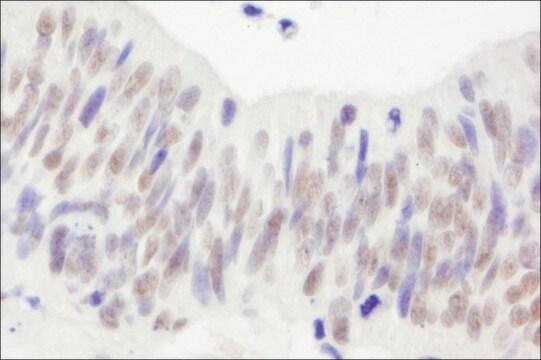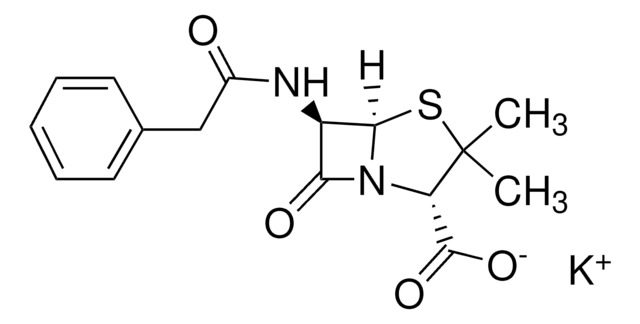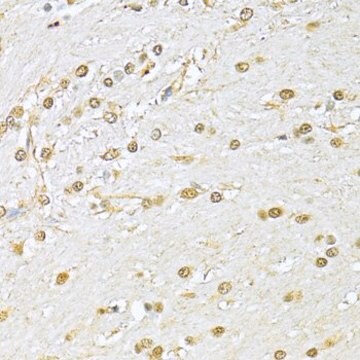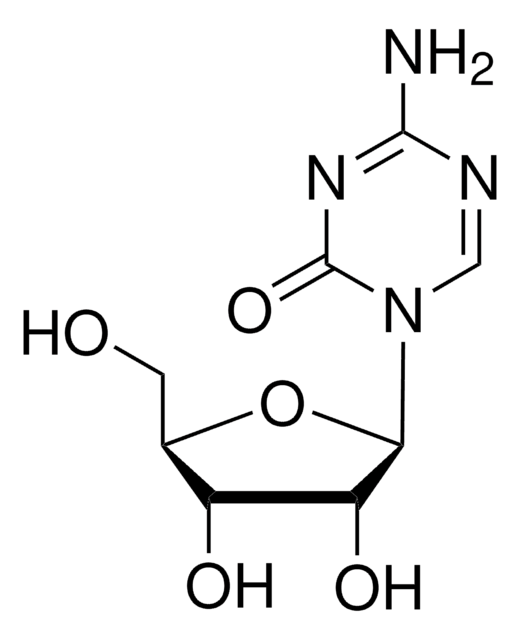PLA0057
Rabbit anti-Mre11 Antibody, Affinity Purified
Powered by Bethyl Laboratories, Inc.
Sinónimos:
AT-like disease, ATLD, DNA recombination and repair protein, HNGS1, MRE11, MRE11 double strand break repair nuclease A, MRE11 homolog, MRE11 homolog 1, MRE11 homolog A, MRE11 meiotic recombination 11 homolog A, MRE11 meiotic recombination 11 homolog A (S. cerevisiae), MRE11 meiotic recombination 11-like protein A, MRE11B, double strand break repair nuclease A, endo/exonuclease Mre11, meiotic recombination (S. cerevisiae) 11 homolog A, meiotic recombination 11 homolog 1, meiotic recombination 11 homolog A
About This Item
WB
western blot: 1:1,000- 1:5,000
Productos recomendados
biological source
rabbit
Quality Level
antibody form
affinity purified immunoglobulin
antibody product type
primary antibodies
grade
Powered by Bethyl Laboratories, Inc.
species reactivity
human
technique(s)
immunohistochemistry: 1:1,000-1:5,000
western blot: 1:1,000- 1:5,000
accession no.
NP_005582.1
UniProt accession no.
shipped in
wet ice
storage temp.
2-8°C
target post-translational modification
unmodified
Gene Information
rabbit ... Mre11(4361)
Immunogen
Physical form
Other Notes
Disclaimer
¿No encuentra el producto adecuado?
Pruebe nuestro Herramienta de selección de productos.
Storage Class
12 - Non Combustible Liquids
wgk_germany
nwg
flash_point_f
Not applicable
flash_point_c
Not applicable
Elija entre una de las versiones más recientes:
Certificados de análisis (COA)
Lo sentimos, en este momento no disponemos de COAs para este producto en línea.
Si necesita más asistencia, póngase en contacto con Atención al cliente
¿Ya tiene este producto?
Encuentre la documentación para los productos que ha comprado recientemente en la Biblioteca de documentos.
Nuestro equipo de científicos tiene experiencia en todas las áreas de investigación: Ciencias de la vida, Ciencia de los materiales, Síntesis química, Cromatografía, Analítica y muchas otras.
Póngase en contacto con el Servicio técnico








